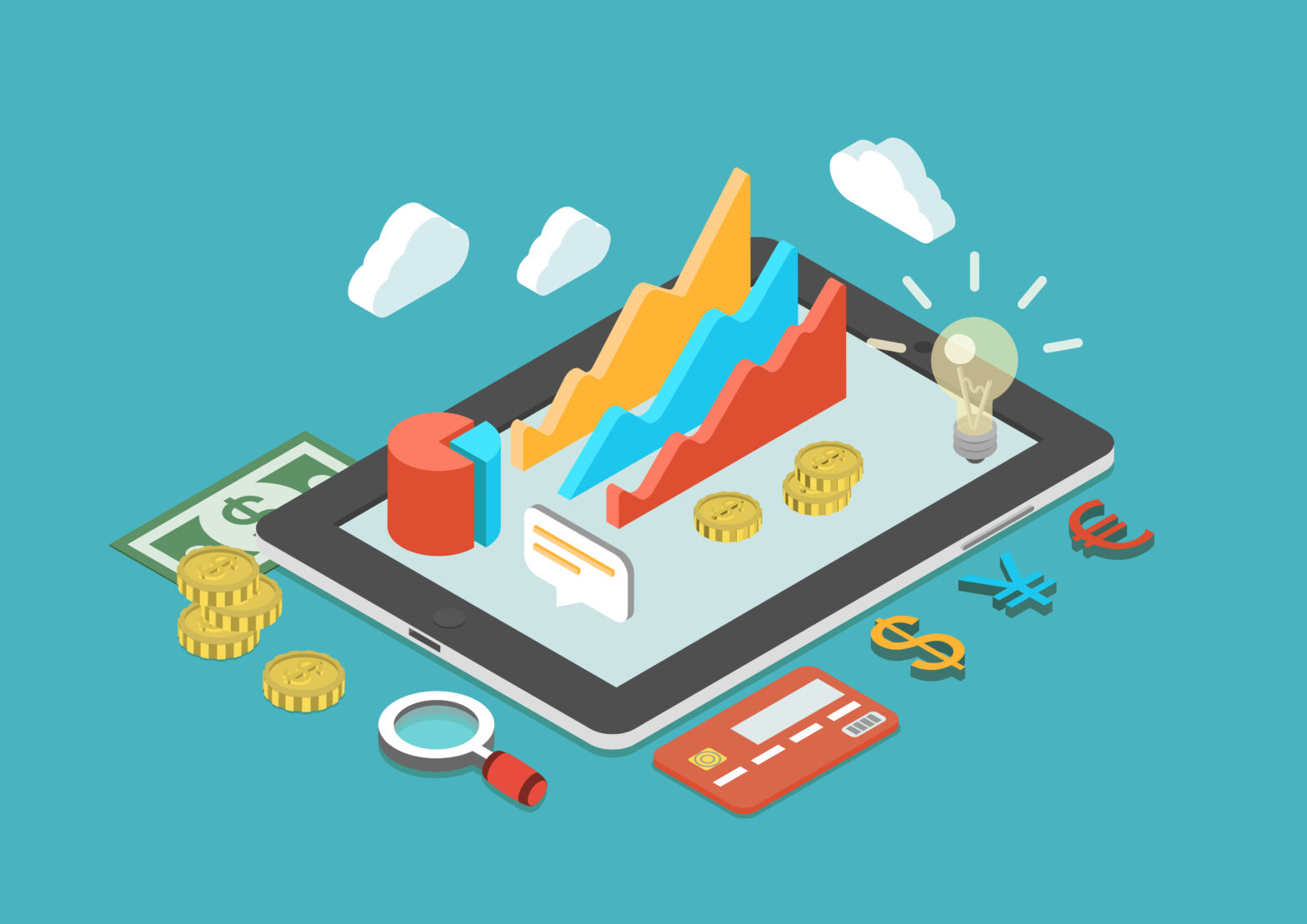By 2024, standards-based information will be sold, donated and traded on open exchanges. Data marketplaces will facilitate the transfer of data in and out of siloes more fluidly and people will start to broker their own data. We’re already seeing many signs of this – but it’s only the beginning.
Within this landscape, your company’s data is important – that’s obvious. But just how important is it? How can you measure its value?
Today, we talk about ‘data as the new currency’ and we try to give it a price tag. Typically, data is worth what someone is willing to pay for it. That simple transactional view does not tell the whole story.
> See also: How to design a big data game plan for mergers and acqusitions
As organisations race to make sense of the opportunities and problems associated with our increasingly data driven world, businesses are coping with the need to more accurately measure its true value.
But have no fear – it’s not all doom and gloom. Savvy businesses will take note and prepare for the future by ‘architecting for value’ – understanding and creating business and IT valuation processes within the company that reveal the real value of data. Let’s take a look at some examples of new data valuation activities being undertaken by organisations today.
Data as your new product
A recent report on big data’s market disruption by Capgemini and EMC found that 63% of respondents consider that the monetization of data could eventually become as valuable to their organisations as their existing products and services.
This speaks volumes about big data’s potential – companies that have long sold products for revenue may start generating more revenue from data value than product value.
French tennis racket manufacturer Babolat makes a ‘smart racket,’ the Babolat Play, which generates and collects data about a player’s performance on the court. By creating a smart product, Babolat took the first step to data value.
This data could become an entirely new revenue stream. Babolat might, for instance, sell this data to app developers looking to make new products and user experiences or sell the data to athletic research organisations for data mining. A tennis racket can only be sold once, but the data it produces has endless monetisation potential.
Data valuation for the worst case scenario
Large-scale cyber-breaches are becoming far too frequent, resulting in great financial loss for multiple companies. As a result, data insurance policies are becoming a necessary part of doing business.
Working with the insured, data insurance companies have to place value on a data set that not only looks at the value of the data to the insured’s business, but also takes into account the multitude of other factors that happen in the event of a data breach.
Customer notifications, reparations and other costs such as PR for damage control all must be factored into the price of insurance. AIG’s CyberEdge, ACE’s Privacy and Network Security, and Lockton’s Cyber & Technology division offer companies coverages in the event of a breach that factor in the nuanced effects of a data breach.
Data in a digital bankruptcy
Caesars Entertainment Operating Co., which controls Caesars Palace, Caesars Atlantic City, Harrah’s Reno and more than a dozen regional properties, filed for bankruptcy earlier this year.
Interestingly, the most valuable individual asset that creditors are vying for is Caesar’s Total Rewards Loyalty Program, the company’s big-data customer loyalty program that it has been built over the last 17 years and is said to have data on more than 45 million customers.
This data is valued by creditors at $1 billion – that’s a fairly large number. It exceeds the value of any of Caesar’s physical Las Vegas properties, which really puts the value of data in perspective.
The program is also said to be 17% of the total value of all Caesar’s operating assets. Since the gaming industry does not have agreed upon valuation policies and practices for data, the value of the Total Rewards Loyalty Program will be contested in court and could result in interesting rulings around data valuation.
Data deals, mergers and acquisitions
Data is now one of the primary assets companies are after in an M&A, in some cases more so than the people, IP, or real estate.
In LinkedIn’s recent acquisition of Lynda.com, data was likely the biggest asset to come along with the acquisition price.
LinkedIn’s CEO Jeff Weiner made note of Lynda.com’s extensive library of premium video as a compelling reason to buy the company, meaning that LinkedIn was after Lynda.com’s data assets to augment its professional network. Out of the $1.5 billion, it’s likely that a significant portion went toward the purchase of video data assets.
Information Economy for a Better World: The Cancer Genome Atlas (TCGA) aims to develop pharmaceutical and diagnostic targets in cancer by making it easy to share genetic data.
This collaboration of NCI and National Human Genome Research Institute in essence looks to code genomic data so that standards-based, common data elements can be shared through open-source infrastructure.
> See also: Do you know how much your data is worth?
To succeed in the Information Economy, an organisation must place data at the heart of everything that they do, every day. Businesses have to prioritise data valuation for technical and business-driven content throughout the organisation.
They must make it part of their business strategy by developing tools for valuation and policies and services to acquire or sell data. In order to leap ahead in this new world, companies must remain focused on honing their ability to achieve data-driven insights by predictively spotting new opportunities.
Some start-ups and traditional organisations are already making headway in this arena. For others, it’s not too late. But as the Information Economy takes shape in the years ahead, those that move too slowly will not survive. The race is on – don’t be left behind.
Sourced from Steve Todd, EMC Fellow and VP, strategy and innovation, EMC










